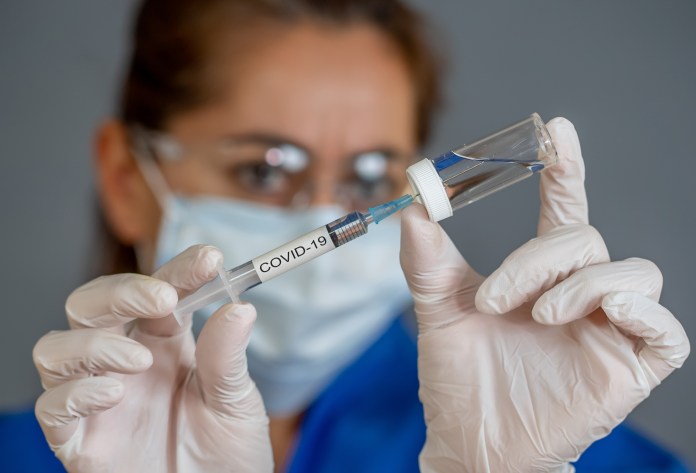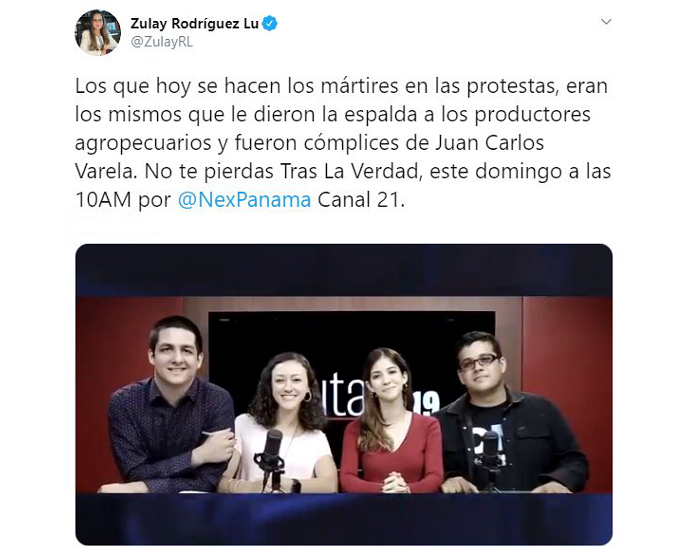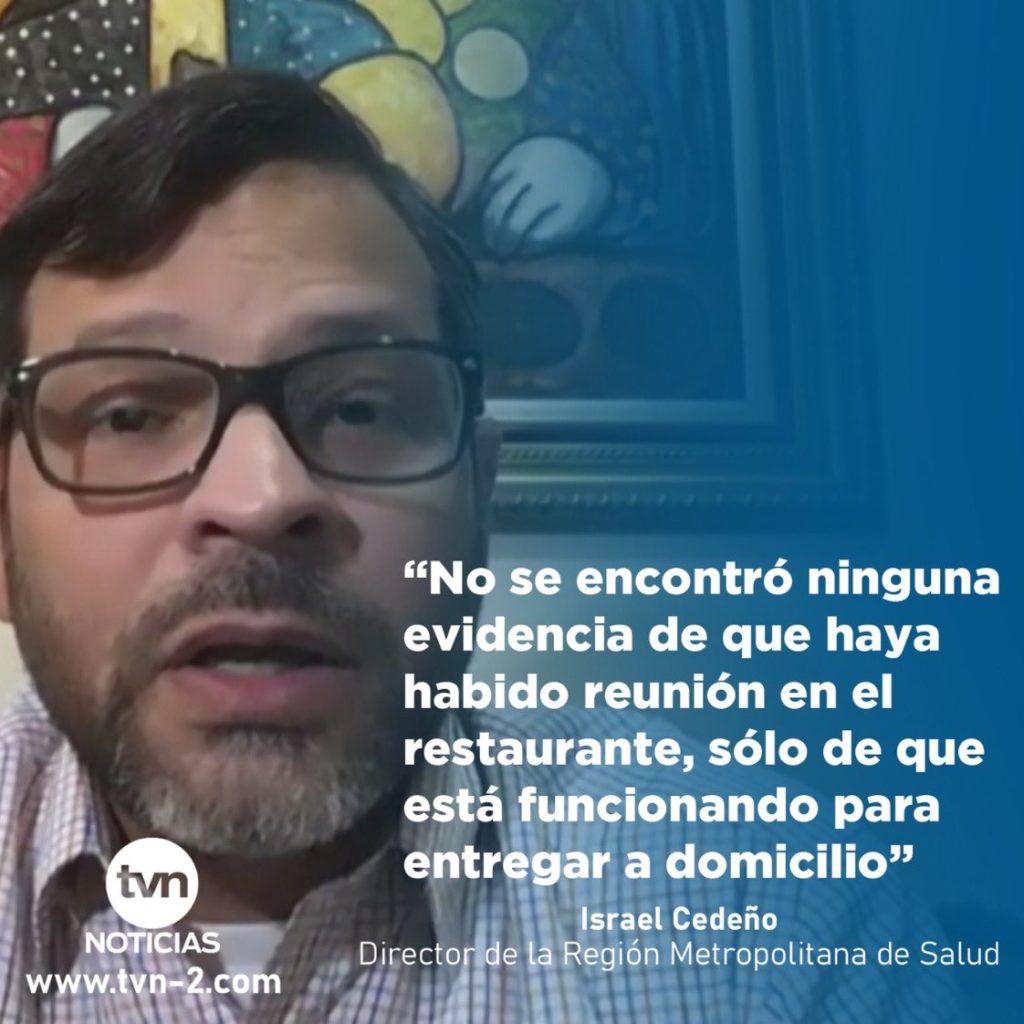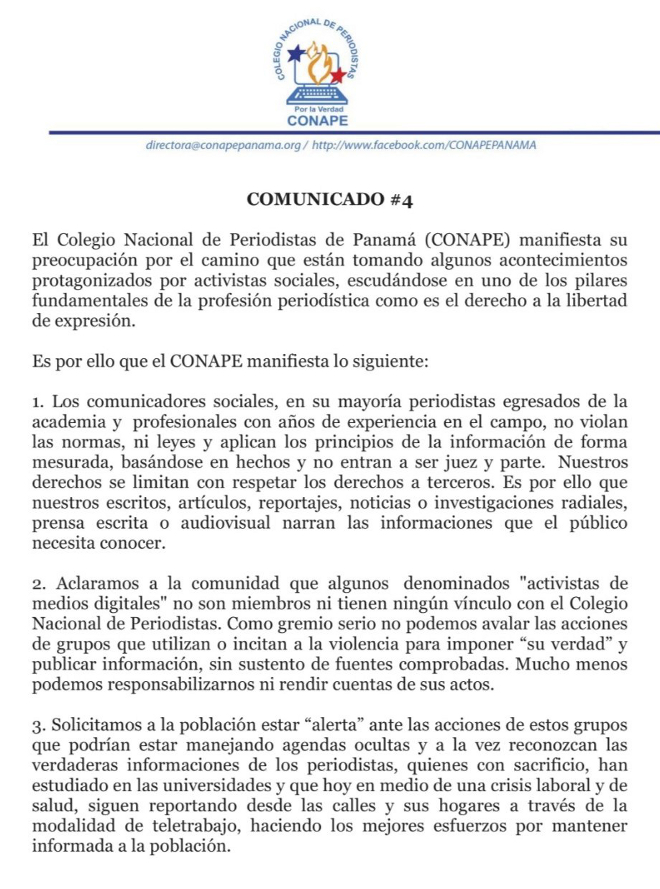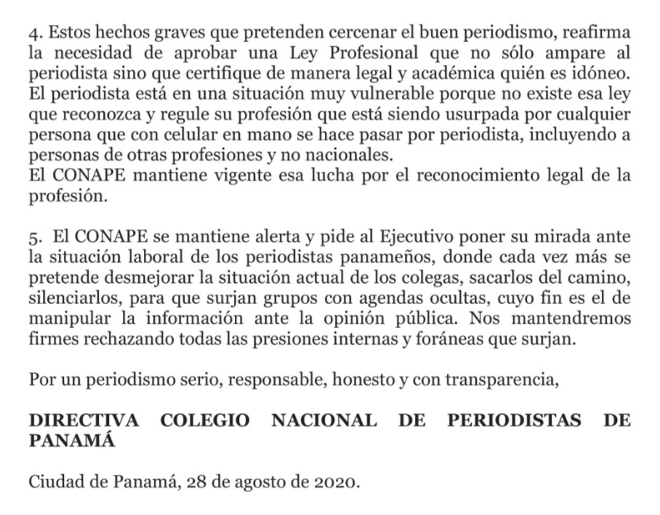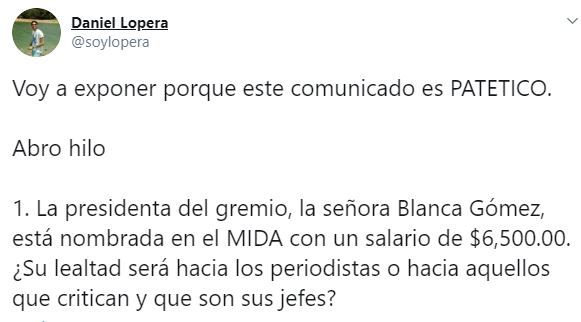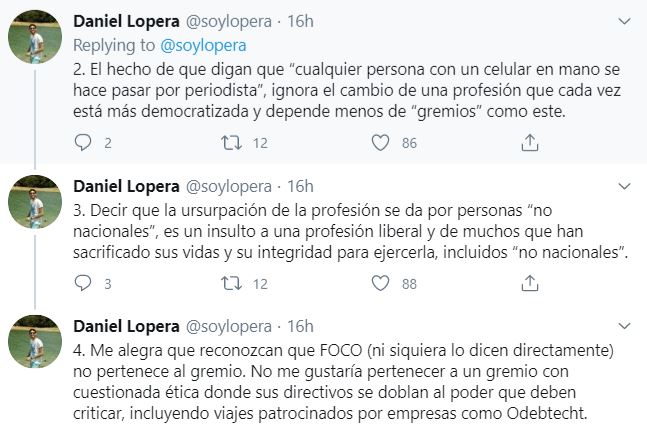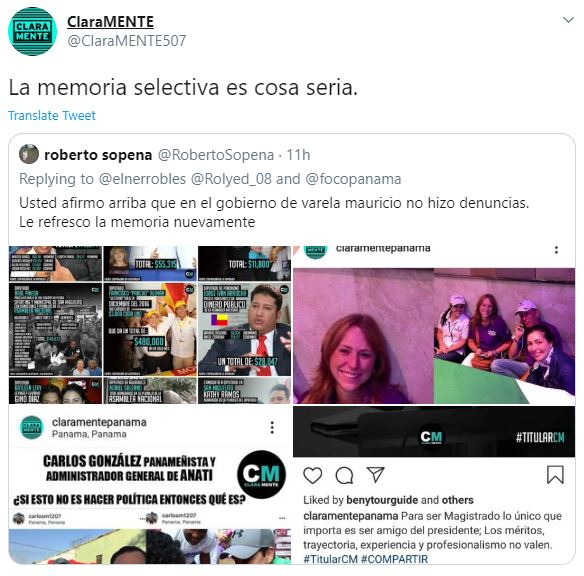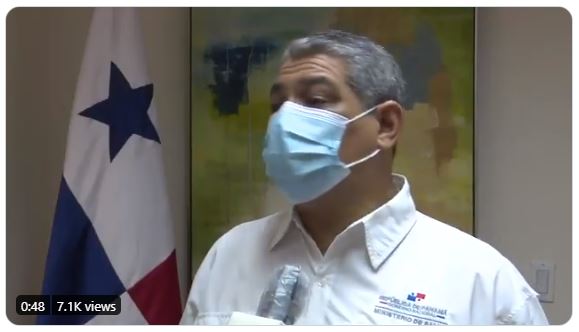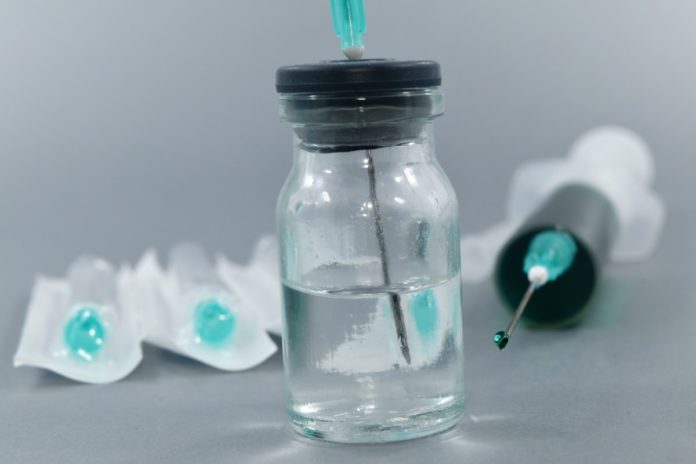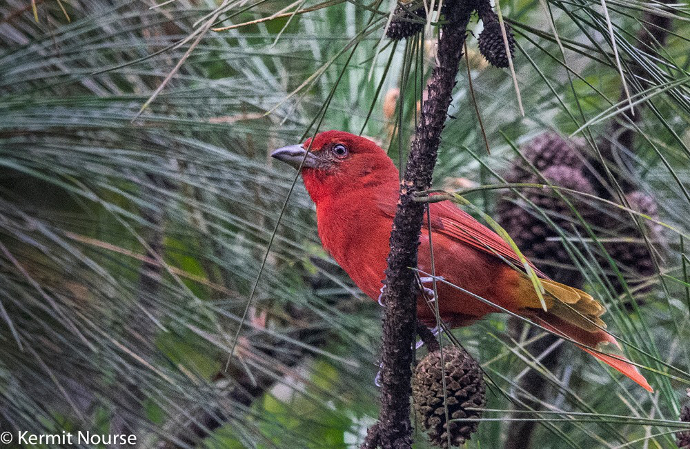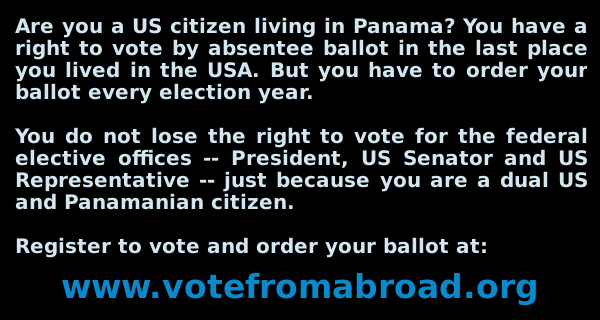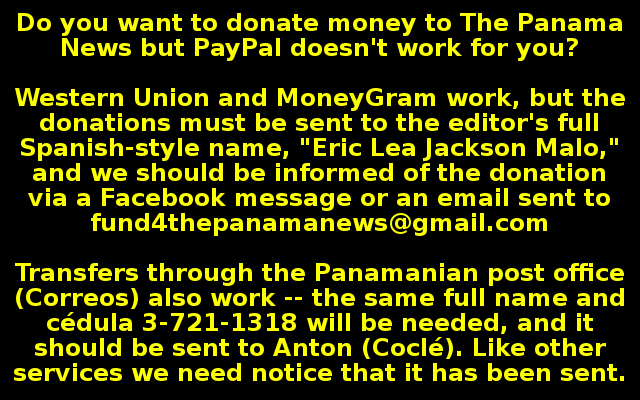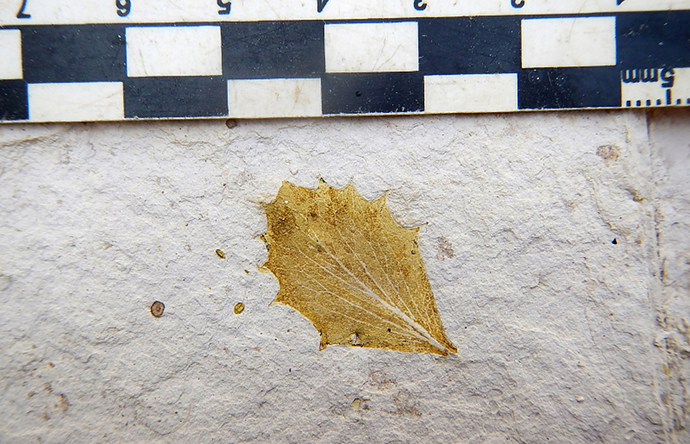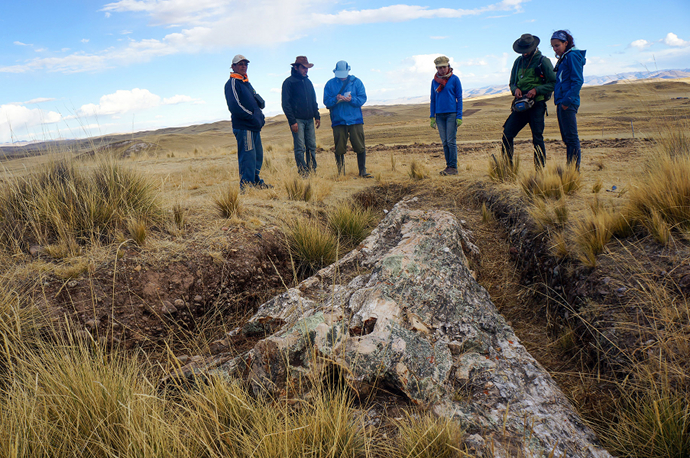Shutterstock / Sam Wordley
¿Funcionarán las vacunas en contra
de la COVID-19 si hay reinfecciones?
por Vicente Soriano, UNIR – Universidad Internacional de La Rioja
Varios gobiernos han anunciado la compra por adelantado de lotes de vacunas frente al coronavirus. Se da por hecho que la inmunidad protege frente a la infección por SARS-CoV-2 y que en unos meses se comercializarán las ansiadas vacunas. Sin embargo, acaban de comunicarse varios estudios que cuestionan sus beneficios.Unos dicen que la población ya inmunizada es mayor de la que tiene anticuerpos y que, por tanto, estamos cerca de obtener la inmunidad poblacional (estimada en un 40-60 %). Por otro lado, se han comunicado varios casos de reinfecciones por coronavirus al cabo de unos cuatro meses tras el primer episodio.
Infección por SARS-CoV-2, anticuerpos y protección inmune
La revista Cell ha publicado un estudio realizado por investigadores suecos que concluye que la respuesta inmunitaria frente al SARS-CoV-2 se detecta en más del doble de los pacientes que han desarrollado anticuerpos.
Se trata de una respuesta de tipo “celular” (mediada por linfocitos T), que es intensa y persiste durante años, a diferencia de la respuesta humoral (dirigida por linfocitos B), que suele durar unos pocos meses en las infecciones por coronavirus humanos.
La respuesta inmunitaria T puede reconocerse en pacientes que no han desarrollado anticuerpos. Esos casos seronegativos ocurren, sobre todo, en pacientes con infecciones asintomáticas o leves.
En cualquier caso, es una inmunidad que protege de las reinfecciones, tal como ha sido demostrado en varios estudios realizados en macacos.
La protección inmune también ha sido confirmada en las infecciones por otros coronavirus humanos patogénicos, como SARS-CoV-1 y MERS-CoV. La presencia de esta memoria inmunitaria protegería de formas graves de COVID-19 tras nuevas exposiciones al mismo coronavirus.
Confirmación de la reinfección por SARS-CoV-2
Hasta hace poco se creía que una nueva PCR positiva en pacientes que ya se habían curado de COVID-19 probablemente reflejaba un error de laboratorio o una persistencia más prolongada de lo habitual en la replicación viral.
Esta semana, sin embargo, se han comunicado tres pacientes con COVID-19 confirmado por PCR durante la primera ola de la pandemia en marzo-abril que, tras tres o cuatro meses, habían vuelto a ser positivos por PCR.
El primer caso es un varón de 33 años, natural de Hong Kong, previamente sano, que hace dos semanas fue examinado por PCR para SARS-CoV-2 en el aeropuerto asiático a su regreso de un viaje por España vía Reino Unido.
Aunque era asintomático, la PCR fue positiva. El paciente ya había padecido COVID-19 en marzo en su país y estaba recuperado. La secuenciación del coronavirus en este segundo momento mostró que se trataba de una variante distinta de la inicial, con al menos 24 nucleótidos diferentes que podían alterar la inmunogenicidad del coronavirus.
La tasa de mutación del coronavirus SARS-CoV-2 es baja, a pesar de ser un virus ARN, porque tiene una enzima correctora de errores en la replicación. La variabilidad genética entre la primera y la segunda cepa viral en el paciente hongkonés excluye que se trate de una reactivación del coronavirus original.
Por el contrario, va a favor de que corresponde a una reinfección por una cepa algo distinta. En cualquier caso, es importante señalar que la reinfección fue asintomática y se autolimitó en unos pocos días, sugiriendo que la inmunidad previa fue suficiente para mitigar las manifestaciones clínicas, aunque no para abortar la infección. De este modo, la eficacia de las vacunas frente al SARS-CoV-2 deberá considerar no solo la protección frente a nuevas infecciones sino también la gravedad clínica en caso de ocurrir.
Tras la comunicación del caso asiático, se han comunicado otros dos casos de reinfección por SARS-CoV-2 en Europa. Uno de ellos es un varón anciano en Holanda y el segundo es una mujer joven en Bélgica. En ambos casos, la inmunidad desarrollada tras un primer episodio de COVID-19 no impidió que sufrieran una nueva infección cuatro meses después.
La secuenciación del coronavirus en la segunda ocasión y su comparación con el primer aislado viral ha confirmado que se trata de variantes distintas en los tres casos. Son reinfecciones y no reactivaciones.
De este modo, se confirma que la inmunidad frente al SARS-CoV-2 no es duradera, como ocurre con otros coronavirus, para los que la presencia de anticuerpos no va más allá de unos pocos meses, desapareciendo paulatinamente. Probablemente las reinfecciones son raras, requieren una variante viral lo suficientemente distinta y varios meses de intervalo entre una y otra exposición.
Con la información actual sobre inmunidad y vacunas frente al COVID-19, podemos concluir lo siguiente:
- Los pacientes infectados por SARS-CoV-2 desarrollan inmunidad, aunque la presencia de anticuerpos puede no ocurrir en los asintomáticos o desaparecer pronto en el resto.
- La inmunidad natural frente al SARS-CoV-2 es parcialmente protectora, esto es, puede no evitar reinfecciones (asintomáticas), pero sí las formas clínicas graves (COVID-19). Esto explicaría que cada vez haya una mayor proporción de formas más benignas de la enfermedad.
- Los pacientes curados de COVID-19 (incluyendo los que tiene anticuerpos) deberían continuar cumpliendo las medidas de distanciamiento social y uso de mascarillas que se recomiendan para el resto de la población, puesto que pueden reinfectarse. Aunque ellos tengan poco riesgo de padecer formas graves, podrían transmitir el virus a otros.
- Las vacunas frente al SARS-CoV-2 deberán también considerarse para las personas que ya han padecido la infección previamente. Reforzarán la respuesta inmune protectora.

Vicente Soriano, Facultad de Ciencias de la Salud & Centro Médico, UNIR – Universidad Internacional de La Rioja
Este artículo fue publicado originalmente en The Conversation. Lea el original.

